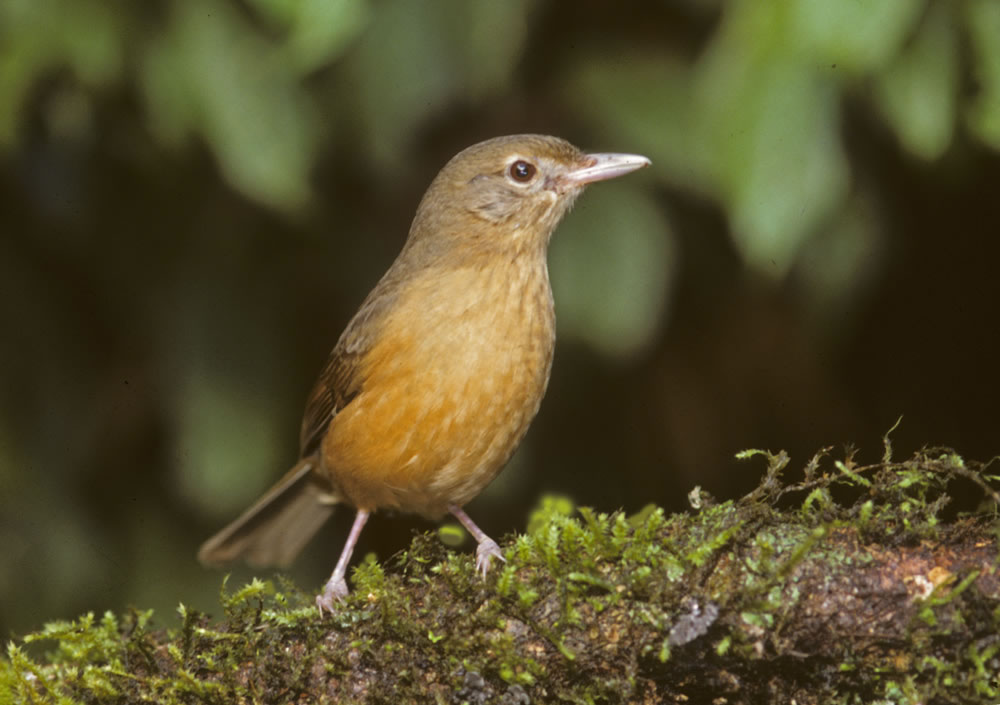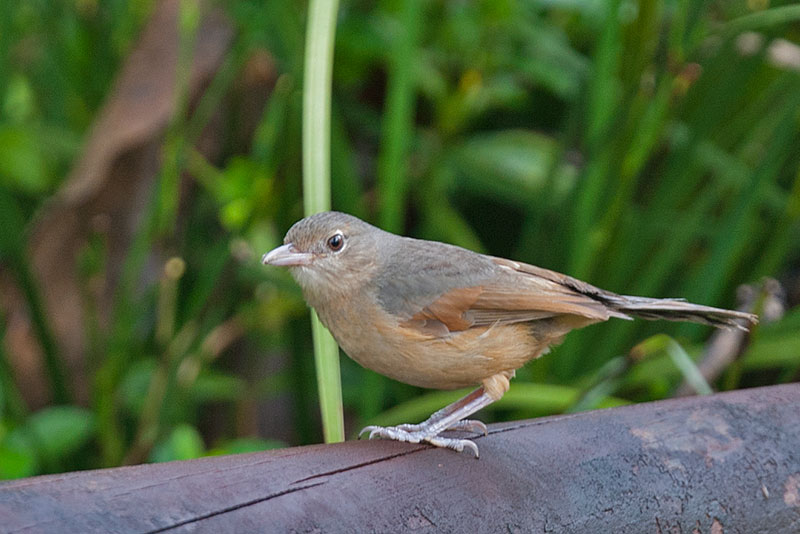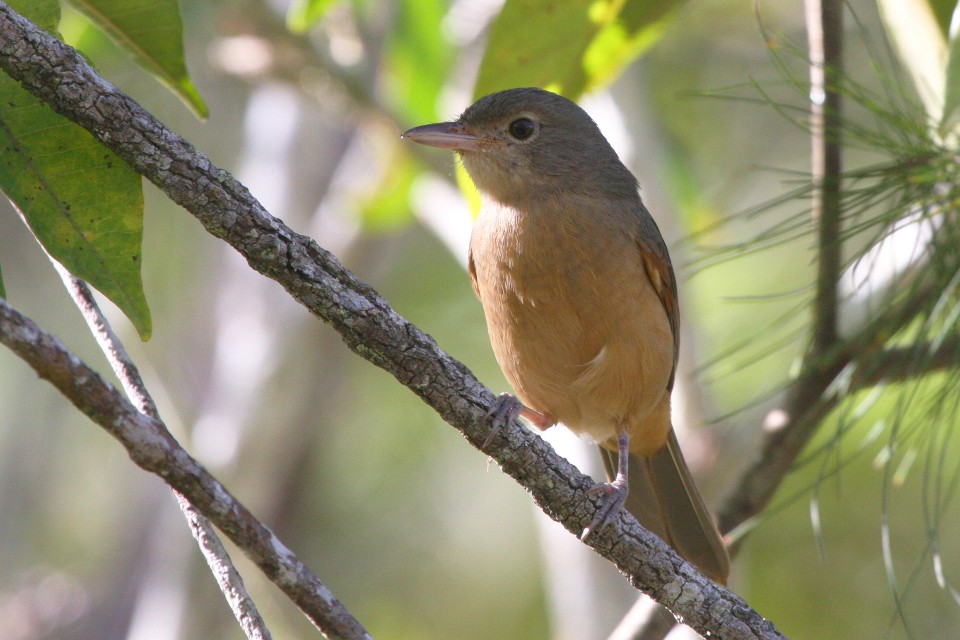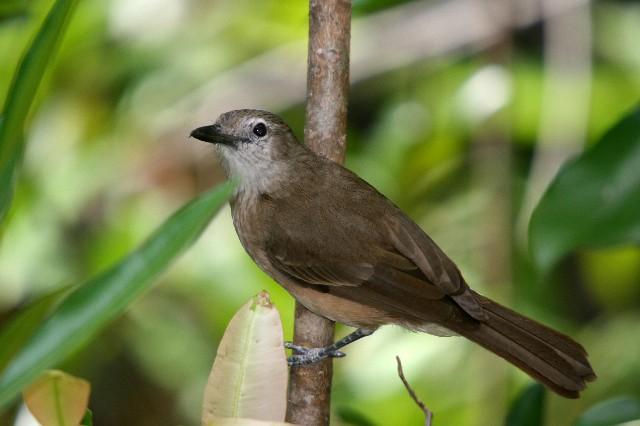
Colluricincla megarhyncha
SUBFAMILY
Pachycephalinae
TAXONOMY
Muscicapa megarhyncha Quoy and Gaimard, 1830, Dorey,
Vogelkop, New Guinea. Thirty subspecies.
OTHER COMMON NAMES
English: Rufous shrike-thrush; French: Pitohui chвtain; German:
Waldgudilang; Spanish: Charlatбn Verdugo Rufo.
PHYSICAL CHARACTERISTICS
6.7–7.5 in (17–19 cm); 1.1–1.5 oz (30–43 g). Gray-brown
upperparts and bill; whitish throat and rufous-beige underparts.
DISTRIBUTION
New Guinea and surrounding islands; north and east Australia.
Mainly in the lowlands, hills, and lower mountains up to about
6,100 ft (1,850 m), locally up to 7,590 ft (2,300 m).
HABITAT
Wide range of humid timbered habitats, including rainforest,
tall secondary growth, mangroves, swamp and riverine vegetation,
and coastal woodland.
BEHAVIOR
Sedentary, territorial at all seasons.
BEHAVIOR
generally quiet,
unobtrusive, heard far more often than seen. Becomes quite
vocal when breeding.
FEEDING ECOLOGY AND DIET
Food is mainly insects, spiders, small snails, and occasionally
fruit, obtained mostly by gleaning.
REPRODUCTIVE BIOLOGY
In Australia, breeding season is Sep.–Feb. with one brood per
season; in New Guinea, there are two breeding periods, one in
the late dry to early wet season, and a second one in the late
wet to early dry season. The nest, a deep cup of bark and dry
leaves bound with spider web, is placed in upright fork or
dense tangle of vegetation. The female lays two to three white
to pale pinkish cream eggs, adorned with brown spots and lilac
blotches. Incubation at about 19 days; fledging at about 12
days.
CONSERVATION STATUS
Not threatened. Common to abundant in New Guinea; common
in northeast Australia, becoming scarcer and local southwards,
uncommon in north central Australia.
SIGNIFICANCE TO HUMANS
None known.
Photo Gallery of - Little shrike-thrush




 Animalia Life
Animalia Life